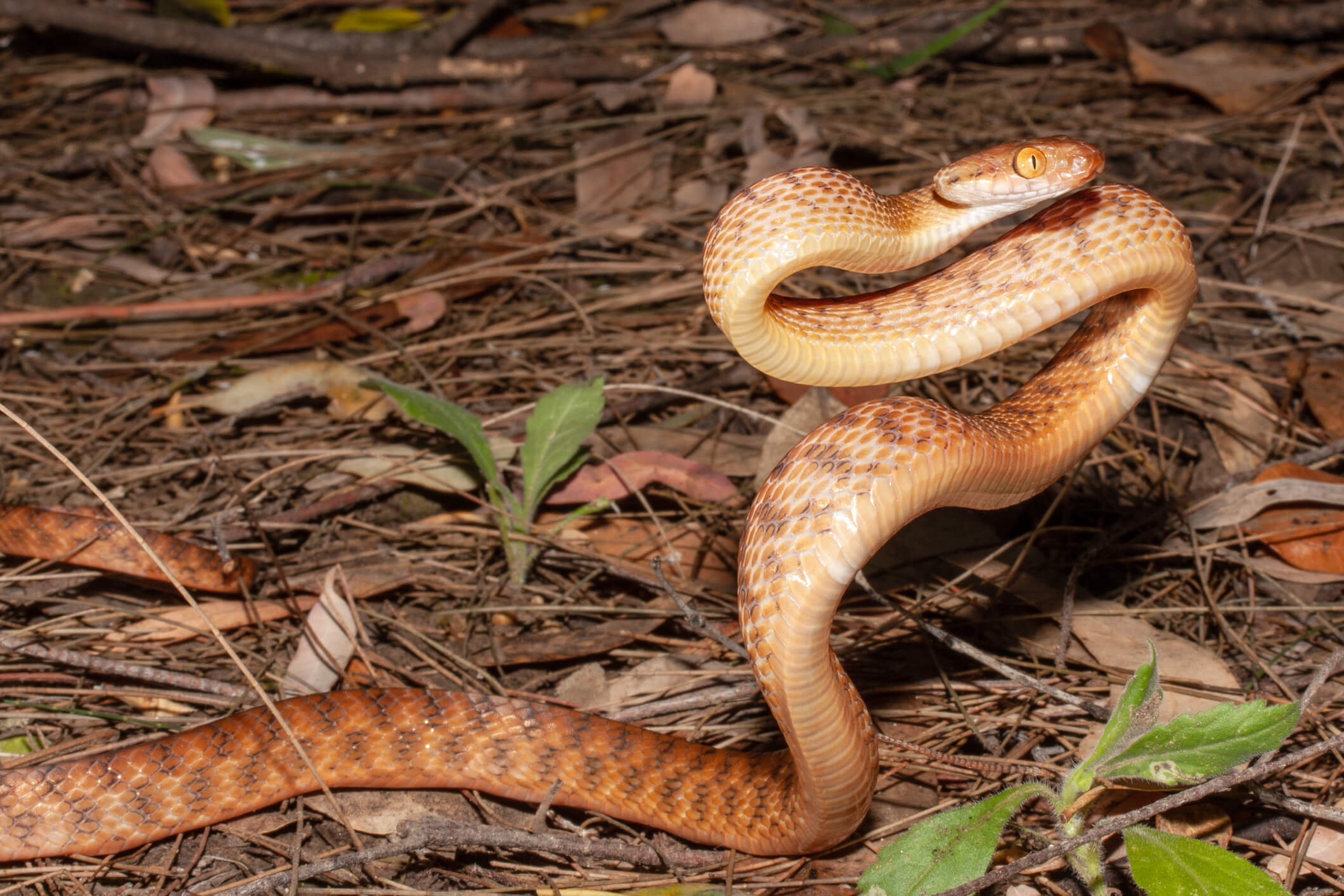Introduction
When it comes to the interesting world of serpents, few varieties catch the creative imagination fairly like the baby tiger serpent. Recognized for their distinctive coloration and potent poison, these serpents are an important component of Australia's one-of-a-kind ecological community. In this detailed post, we will explore various facets of baby tiger serpents, including their habits, environment, and how to securely communicate with them. Whether you're a wild animals fanatic or simply interested concerning these animals, comprehending baby tiger snakes can aid cultivate a much deeper gratitude for nature.
Baby Tiger Snakes: What You Need to Find Out About Their Habits and Habitat
What Are Child Tiger Snakes?
Baby tiger snakes are juvenile types of the extremely poisonous types known clinically as Notechis scutatus These snakes are largely located in coastal areas of Australia, especially in Tasmania and southern Victoria. As they grow, their coloration modifications from a more soft scheme to the particular yellow and black bands that give them their name.
One noteworthy facet of baby tiger snakes is their size; hatchlings usually determine around 25-30 centimeters in size. Regardless of their tiny stature, they have a surprising amount of poison that can be damaging to people if bitten.
Physical Characteristics
Tiger serpents possess a number of crucial physical traits:
- Coloration: The distinctive banding pattern usually ends up being a lot more pronounced as they mature. Size: Adults can reach sizes of up to 2 meters. Body Shape: They have a robust body that helps in swimming and earthbound movement.
Where Do Child Tiger Snakes Live? Comprehending Their Habitat
Understanding the habitat choices of baby tiger serpents is important for both preservation initiatives and public safety and security. These serpents thrive in different environments:
- Wetlands: Marshes and swamps offer ample hunting grounds. Coastal Regions: Commonly located near beaches where they can hunt for prey. Woodlands: Thick plant life provides cover from predators.
Geographical Distribution
Tiger snakes are mainly located along Australia's southerly Infection Control coast, consisting of:
- Tasmania: Home to among one of the most notorious populations. Victoria: Specifically in areas near water bodies.
Are Tiger Snakes Venomous? A Deep Dive into Their Venom
One typical question develops when discussing child tiger snakes: "Are tiger snakes poisonous?" The response is a resounding yes!
Venom Composition
The venom of tiger serpents has neurotoxins that can trigger paralysis, coagulopathy (blood clotting issues), and potentially fatality if unattended. Right here's what you need to understand:
- Effects on Humans: An attack from a tiger snake can bring about signs like swelling, discomfort at the bite website, nausea or vomiting, and even breathing failure.
Comparison with Other Poisonous Snakes
In contrast to various other Australian serpents such as the eastern brownish serpent or king brown snake, tiger serpent venom is thought about amongst the most powerful. Nonetheless, fatalities are uncommon as a result of enhanced medical therapies and access to antivenom.

Behavioral Patterns of Infant Tiger Snakes
Understanding how child tiger serpents behave is critical for those who stay in or go to areas where these reptiles are prevalent.
Nocturnal Habits
Most infant tiger serpents display nighttime behavior. They have a tendency to forage for food throughout cooler night temperature levels. This flexibility assists them avoid killers while boosting their hunting efficiency.
Hunting Techniques
Their hunting techniques include:
- Ambush Predation: Waiting motionless until target comes close. Active Foraging: Proactively relocating with plant life or along waterways looking for food.
First Help for Serpent Bites: What You Must Know
Despite being fascinating creatures, experiences with baby tiger snakes can bring about dangerous situations if attacks take place. Recognizing emergency treatment treatments can conserve lives.
Immediate Tips After a Bite
Remain calmness; panic boosts heart rate. Immobilize the impacted limb utilizing a splint or bandage. Seek instant clinical interest-- antivenom may be necessary.Creating a Serpent Bite Emergency Treatment Kit
A well-prepared first aid package must include:
|Product|Function|| ------------------------------|--------------------------------------|| Compression plaster|To incapacitate the arm or leg|| Splint|Stabilizes broken bones or joints|| Antihistamines|Minimizes allergic reactions|| Emergency contact numbers|Quick access throughout emergencies|

Common Misconceptions Concerning Tiger Snakes Debunked
Many myths surround these intriguing reptiles; let's clarify some mistaken beliefs commonly held by people.
Myth # 1: All Tiger Snakes Are Aggressive
While some individuals may show protective behaviors when endangered, not all tiger snakes display hostility in the direction of humans unless provoked.
Myth # 2: Infant Tiger Snakes Are Less Hazardous Than Adults
This myth might not be better from the fact! Child tiger snakes include almost as much poison as adults about their size; hence they posture significant dangers if bitten.
FAQs Concerning Baby Tiger Snakes
What do child tiger snakes eat?- They largely eat tiny creatures, birds, frogs, and fish.
- Look for slim bodies with pale banding patterns that end up being extra obvious as they mature.
- Yes! Birds of victim and larger reptiles might target them.
- Typically every few weeks as they grow rapidly throughout their early life stages.
- While some individuals do keep them illegally without licenses because of their unsafe nature; it's generally not suggested provided their poisonous status.
- With timely clinical therapy-- including antivenom-- the survival rate is high!
Conclusion
In recap, recognizing infant tiger serpents-- what they consume, where Sea Snakes Australia they live, exactly how they act-- can outfit us with beneficial knowledge regarding these impressive yet dangerous creatures. The value of education and learning bordering emergency treatment steps can not be overemphasized; knowing exactly how to react efficiently after a bite might save lives while cultivating respect for our wriggling neighbors within Australia's abundant biodiversity spectrum.
By valuing these snakes' duties within environments-- and recognizing prospective threats-- we advertise conjunction as opposed to fear-based reactions towards one another's existence in nature's grand tapestry! Whether you're an enthusiastic walker contemplating your following adventure or just interested about local wild animals encounters near home-- this overview serves as your trusted reference factor on the enigmatic world inhabited by our close friends-- the stunning baby tiger snake!